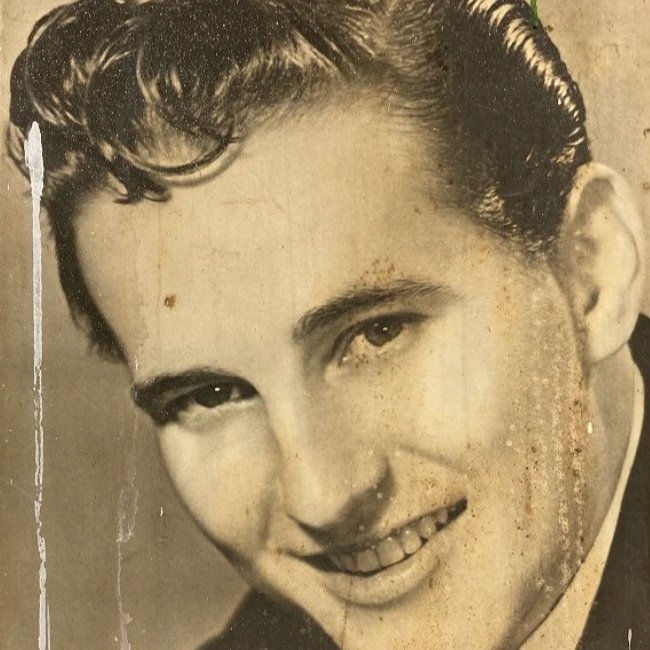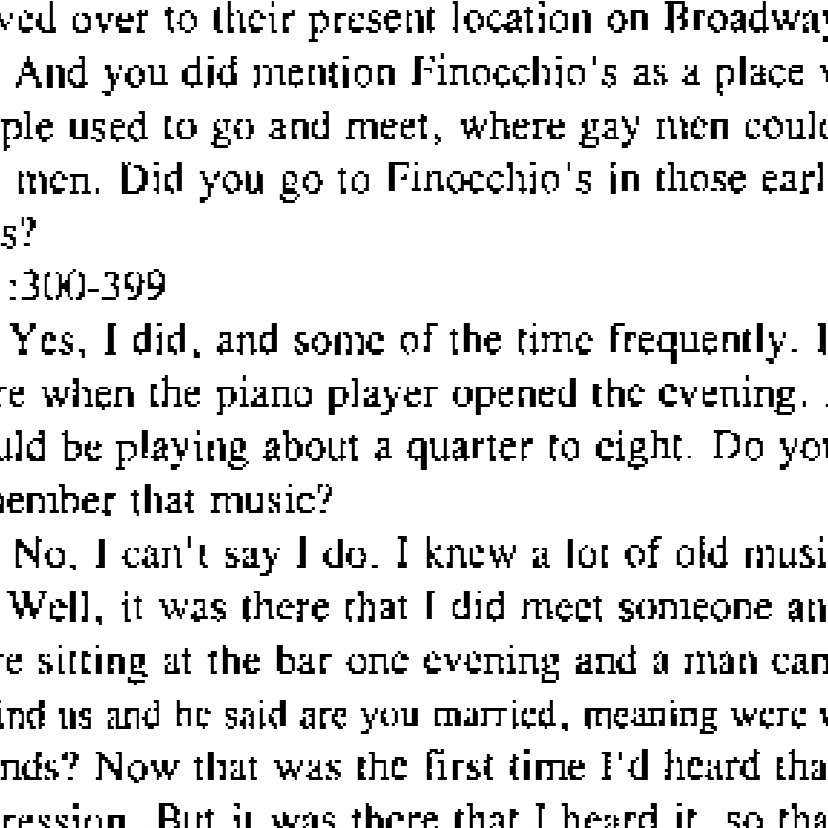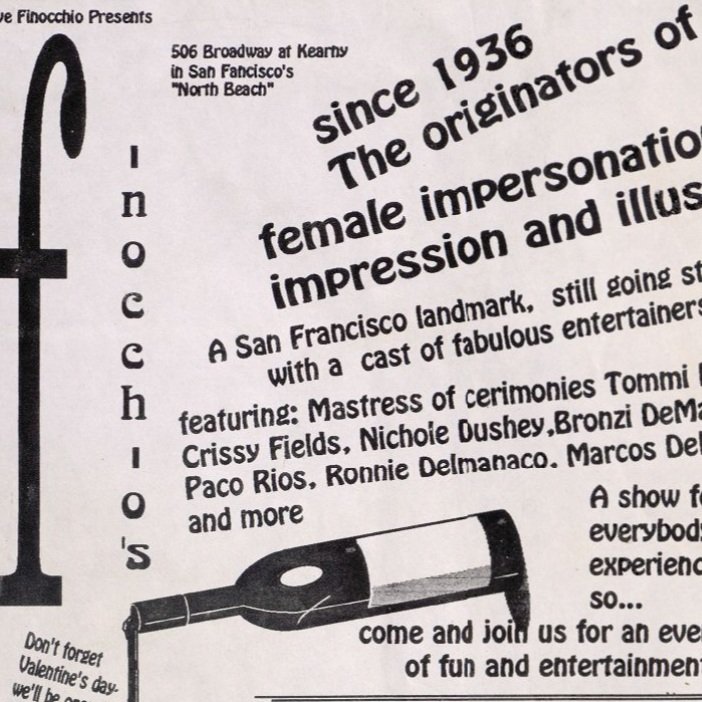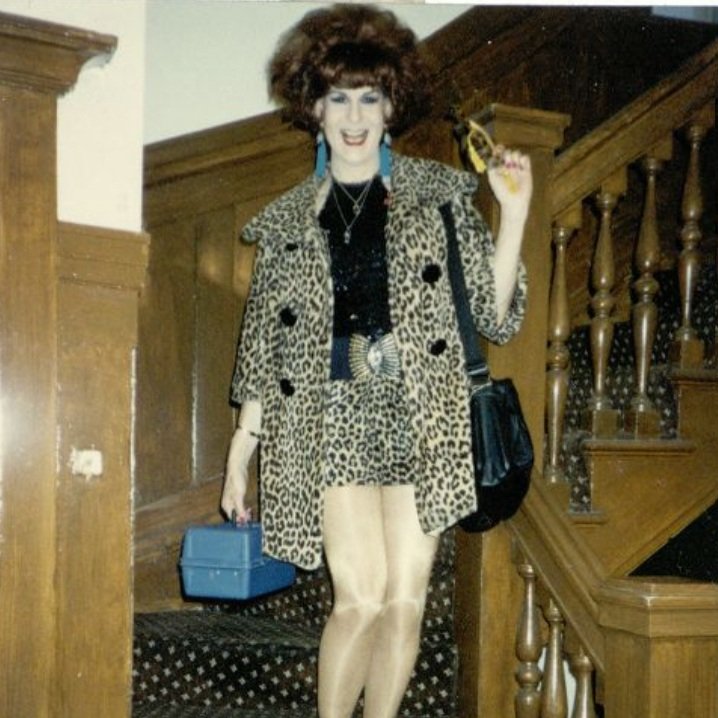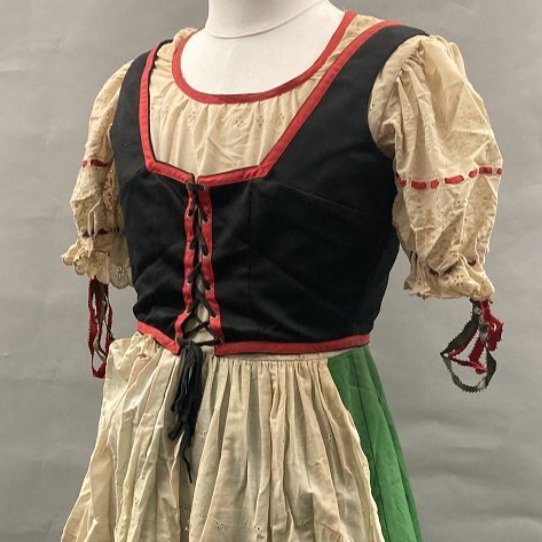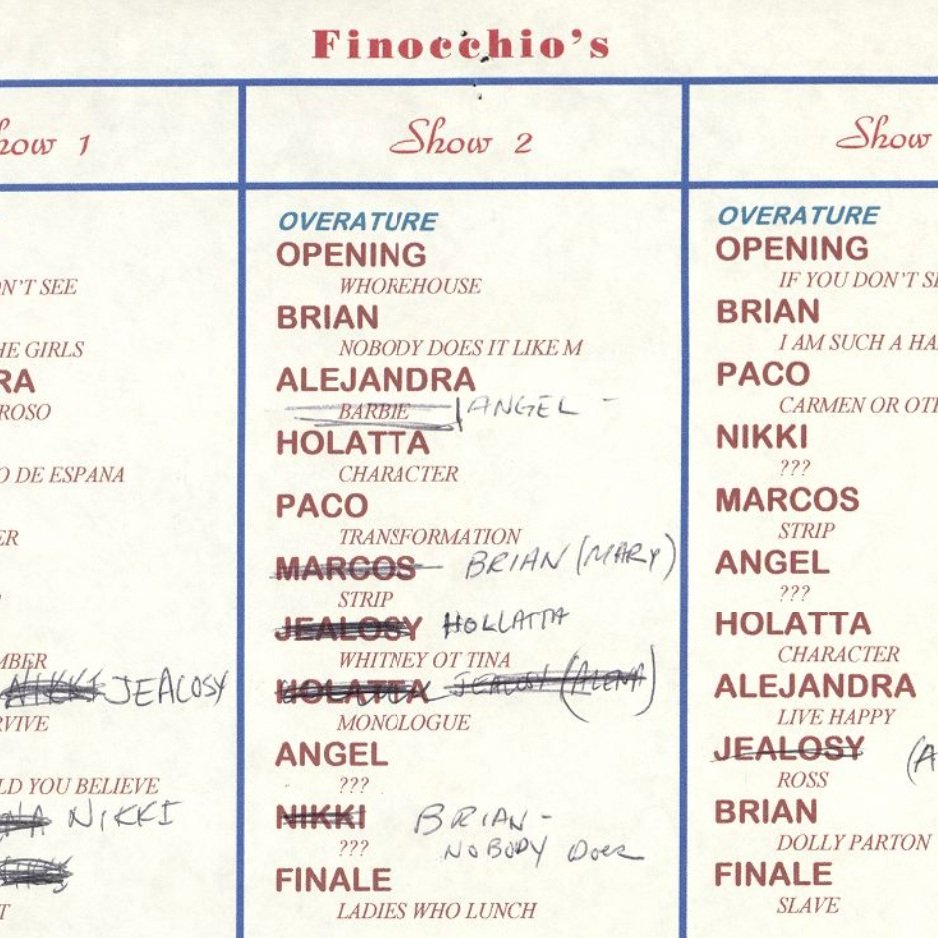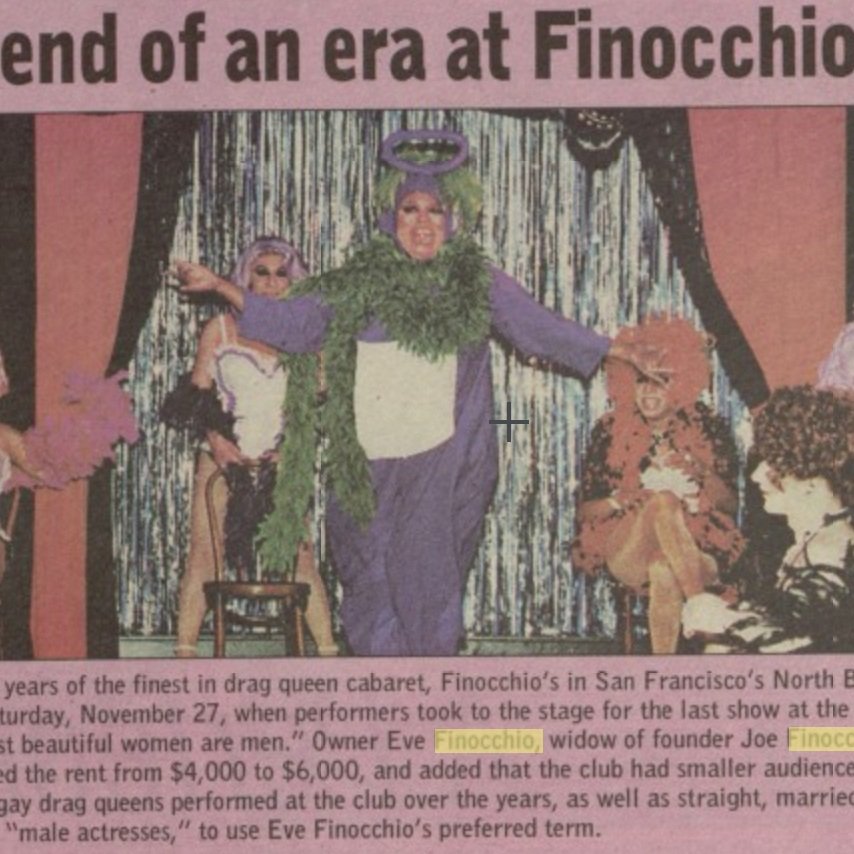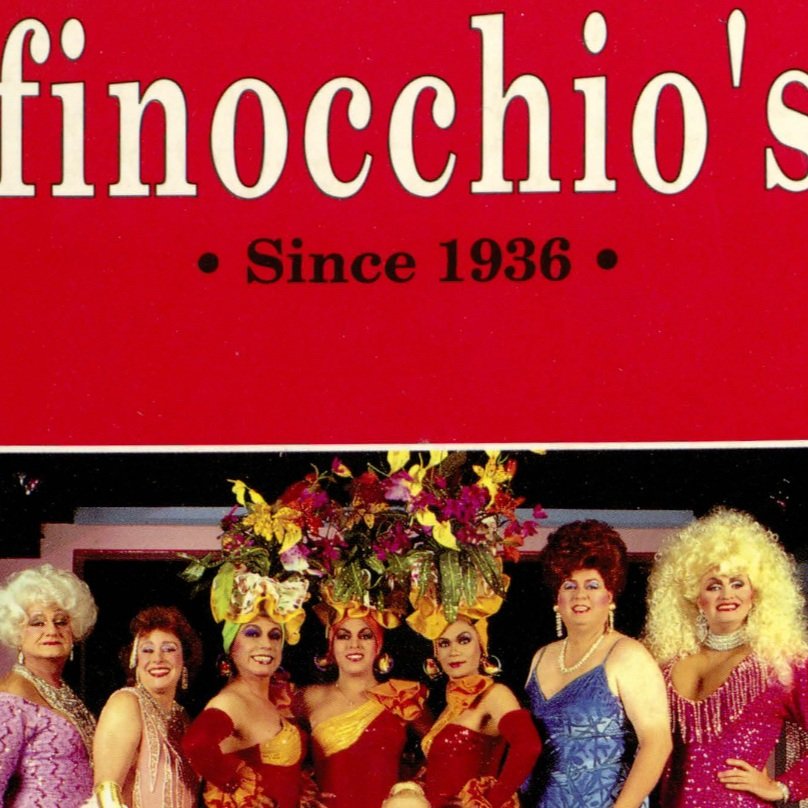Primary Source Set: Finocchio’s
Finocchio's was one of the oldest and best-known female impersonation clubs in the world. For over 60 years, performers sang, danced, and bantered with the audience. Finocchio’s opened in the late 1920s or early 1930s in the bohemian neighborhood of North Beach in San Francisco. It was originally owned by Marjorie and Joseph Finocchio. During Prohibition the club began featuring female impersonation shows and became a popular space among both tourists and the queer community. Finocchio’s performances featured some of the country’s most famous female impersonators including Walter Hart, Ray Bourbon, and Lucian Phelps. It also attracted many Hollywood celebrities over the years ranging from Bob Hope to Tallulah Bankhead. The club moved locations several times before opening at 506 Broadway Street, where it remained from 1936-1999. A popular restaurant called Enrico’s, was located below the nightclub and was owned by Enrico Banducci. Although over time Finocchio’s reputation as a queer hangout spot faded, its popularity with tourists did not. The club was an official stop on the Gray Line Nightclub Tour for over 50 years. Marjorie Finocchio died in San Francisco in 1956 and Joseph Finocchio died in 1986. Joseph’s second wife, Eve, operated Finocchio’s until it closed in 1999.
The term, "female impersonators" is a historic term that comes from a straight-coded Victorian theatrical form and continued until the mid-20th century before merging into what we now call drag. Finocchio's performers included what we now know as drag queens, trans people, and cis people in drag.
Group photograph of Finocchio’s performers, circa 1980-1990. From the Finocchio’s collection (#1999-79).
Selected Source Set
Additional Resources
Finocchio’s digital collection on Calipshere.
Information on LGBTQ Historic Places in San Francisco (Finocchio’s section, pg 60).
Finocchio’s collection (#1999-79) at the GLBT Historical Society.
Contact reference@glbthistory.org for research questions or information about reproductions and permissions.
These primary source sets are just a small sampling of our digitized materials. Additional resources are available in our digital collections. Our extensive archival holdings are searchable through our catalog.



